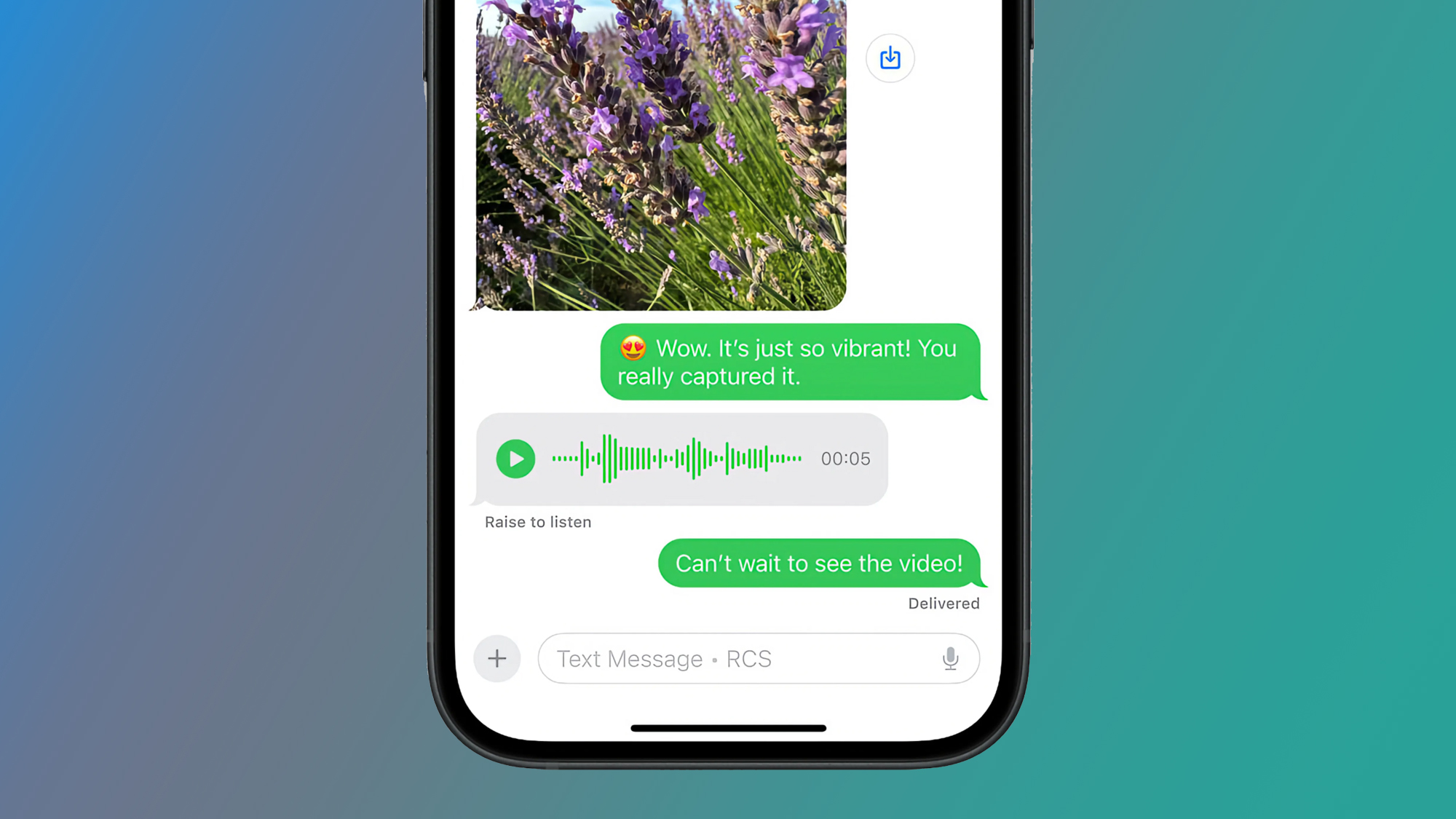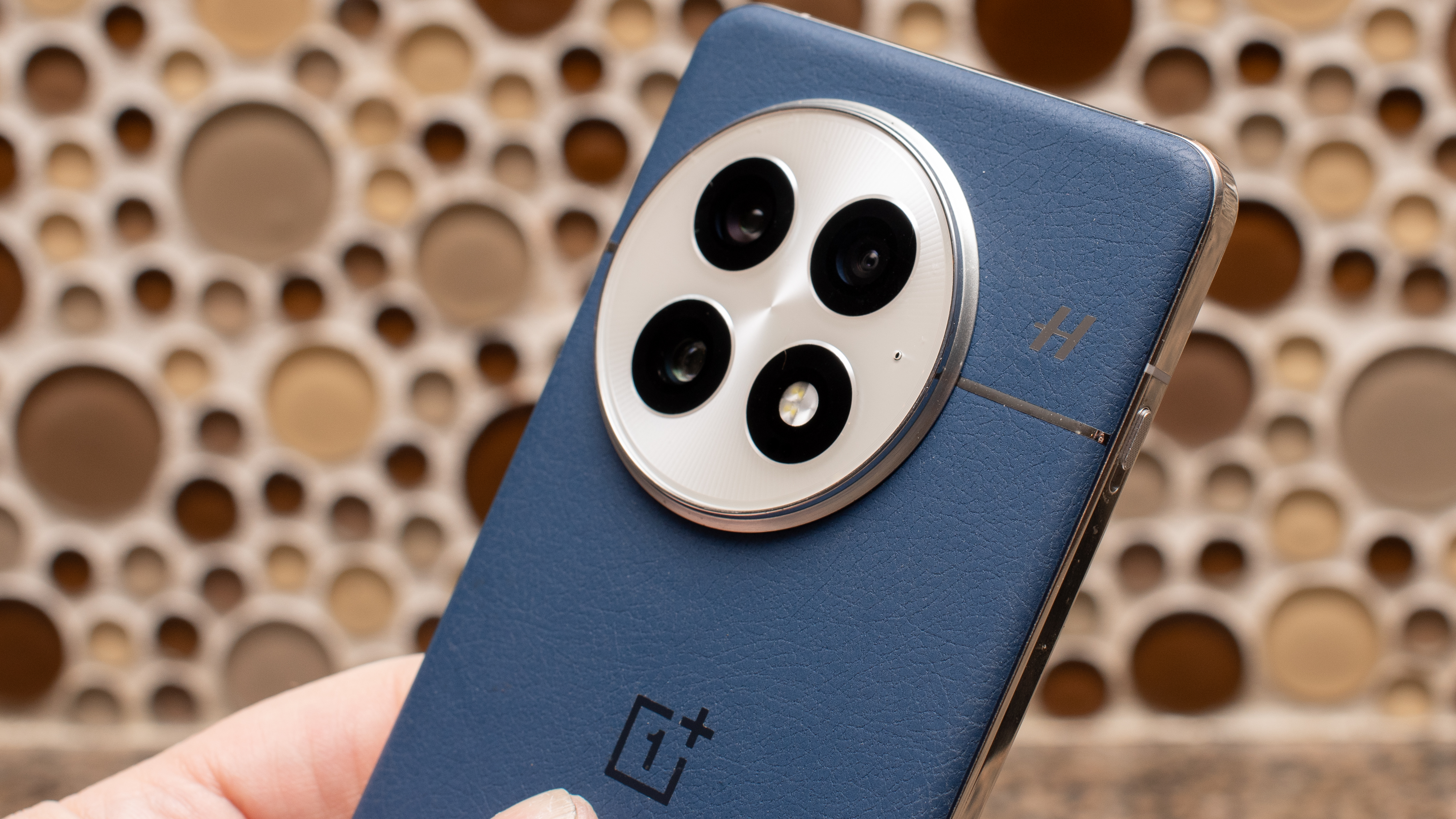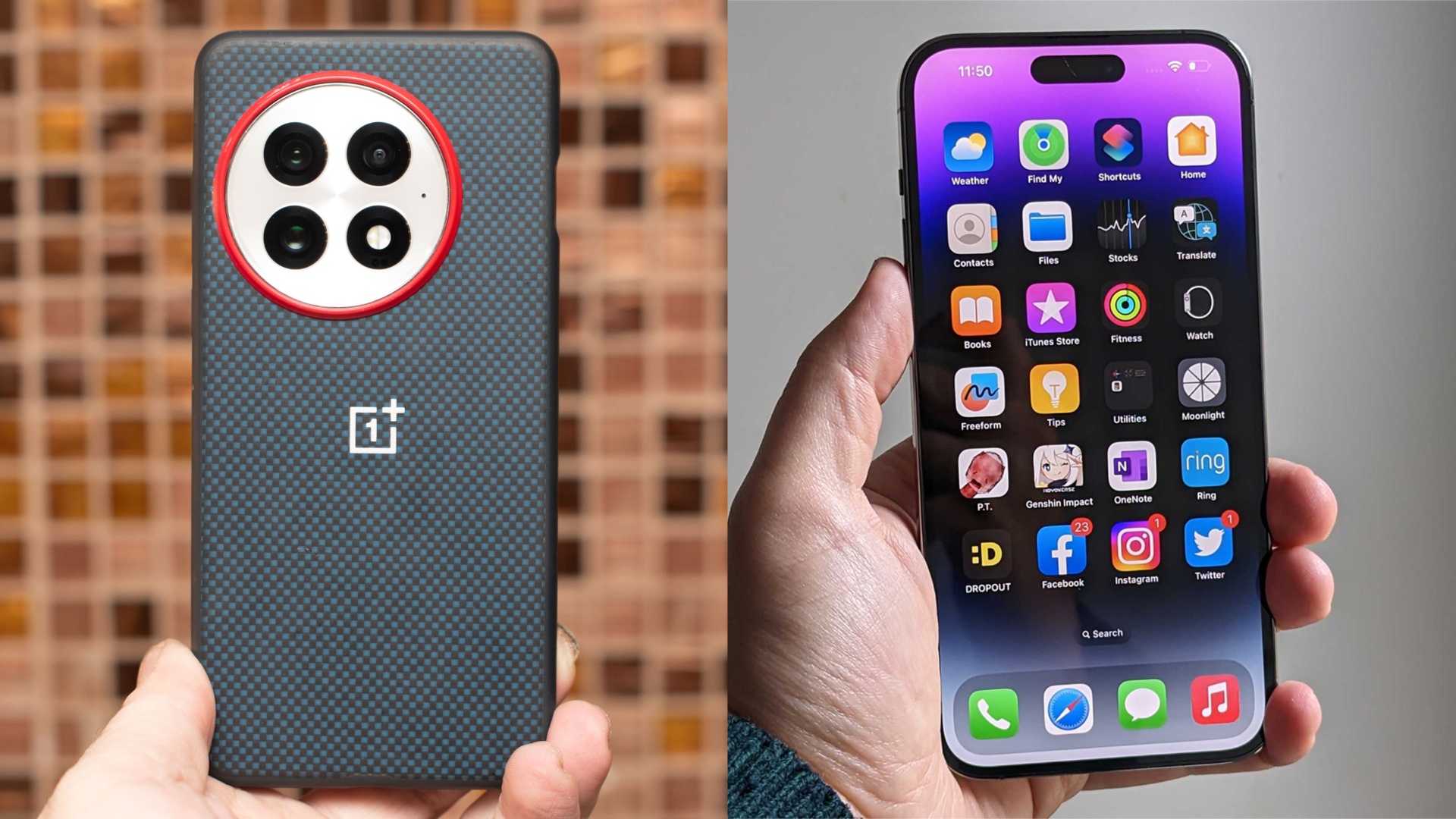For smartphone manufacturers, competing with Apple must feel like bringing a knife to a gunfight. Every. Single. Quarter.
The best iPhones aren’t necessarily the best phones outright (read: they’re not), but the Cupertino giant has undoubtedly managed to cordon off a large swath of smartphone-owning consumers (perhaps indefinitely so) through its decades-long focus on building a watertight product ecosystem. Heck, even Samsung, Apple’s biggest competitor, has seen its own home country fall victim to iPhone fever, and Apple remains a force to be reckoned with in China, too.
What, then, are Apple’s rivals to do? According to OnePlus’ Senior Product Marketing Manager Rudolf Xu, there’s only one thing for it: push for greater compatibility with iOS.
“I think the key thing is to build a bridge with iOS,” Xu told TechRadar during a recent visit to OnePlus HQ in Guangdong, China. “That’s why, for example, on OxygenOS 15, we have a feature called Share with iPhone, and people love it – we are getting very positive feedback, because it makes file transfer [between Android and iOS] a lot easier. That’s something that Android devices have always struggled with.
“Another thing is the sharing of live photos,” Xu continued. “If you capture a live photo with the OnePlus 13, you can actually still see the live photo effect on an iPhone [if you transfer it]. That’s because we’re using the latest format to package live photos.
“These are all the efforts we’re putting in to build a bridge between OnePlus products and the iOS ecosystem. We don't want to build an ecosystem that shuts the door for other customers. We want to make [our ecosystem] as open as possible, so that we can attract more users.”

In person, Xu’s comment about “an ecosystem that shuts the door for other customers” wasn’t made in reference to Apple directly, but it does rather nicely highlight the crux of the issue at hand. Apple won’t willingly open up its operating system to rival software developers (and why would it?), so there’s only so much that brands like OnePlus can do to improve compatibility between Android- and iOS-based devices.
We want to make [our ecosystem] as open as possible, so that we can attract more users.
Rudolf Xu, OnePlus
Indeed, Apple would never make the process of connecting AirPods to one of the best Android phones as seamless as connecting AirPods to an iPhone, but OnePlus can at least ensure that its own smartphones aren’t totally incompatible with Apple handsets.
Of course, compatibility does not equal homogeneity, and OnePlus has found other ways to differentiate the best OnePlus phones from iPhones (not to mention other Android phones) in recent years.
We recently reported that consumers are growing tired of modern smartphone design, and while, in our interview, OnePlus’ Xu acknowledged that there is logic behind the industry’s current sameness, he affirmed his brand’s commitment to standing out from the crowd.

“When it comes to design language, [there’s a reason] why more and more products look alike,” Xu explained. “Basically every [manufacturer] is putting a camera in the upper-left corner of the phone, and actually, from an R&D perspective, this has the highest efficiency for component stacking. By ‘component stacking’, I mean how a phone’s battery [is arranged in relation to] its chipset, and so on.
“Most [manufacturers] like to put the battery [in the bottom half of the phone], the chipset [adjacent to the camera], and the camera [in the upper left corner]. In terms of R&D, this is the most effective and efficient way to stack the components. So, maybe that’s why we’re seeing more and more similarly designed phones. There is reasoning behind that.
“But on the other hand,” Xu continued, “we also try to maintain our unique design language. That’s why there’s consistency across the OnePlus 10 Pro, the 11, the 12, and now the 13. I mean, it is a challenge [to develop devices that are both unique and popular], but we want to maintain our unique identity across all OnePlus products.”
As far as we’re concerned, this approach is working – in our OnePlus 13 review, we described the company’s latest flagship as “one of the best-looking phones you can buy.” Now, OnePlus has the not-so-small task of putting such an impressive phone in the hands of Apple’s iPhone-owning faithful.
You might also like
- ‘It will take time for foldables to become mainstream’: OnePlus defends decision to delay the OnePlus Open 2 and bow out of the foldable phones race in 2025
- Best OnePlus phones: top flagship and budget models
- OnePlus Watch 3 review: the Android smartwatch of 2025 so far

